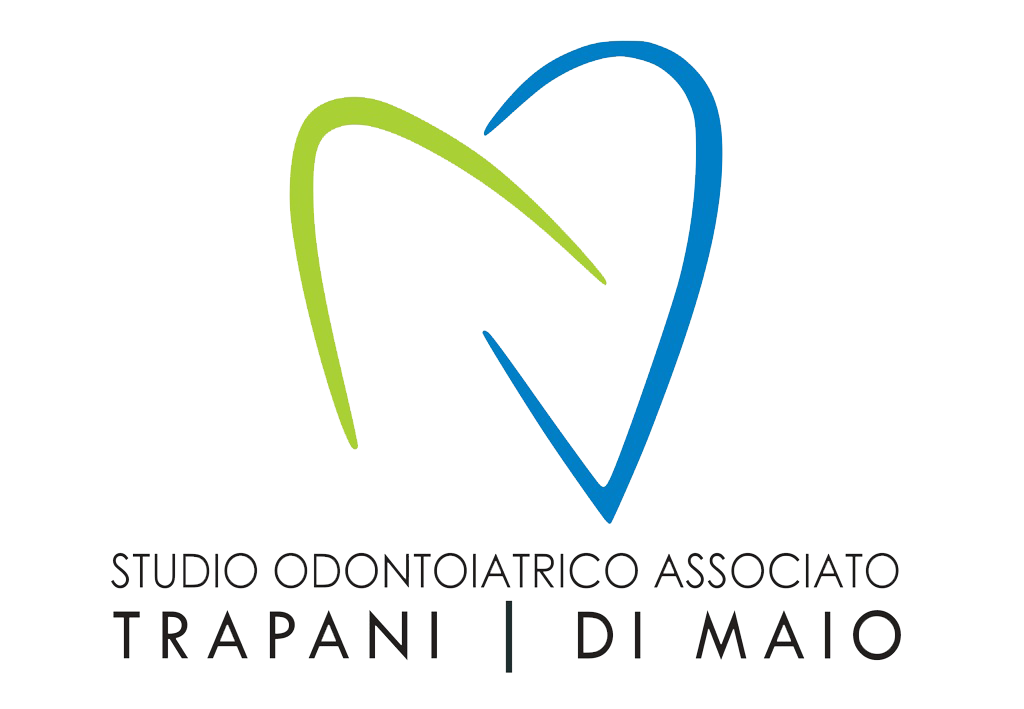Dental prostheses are devices designed to replace missing or compromised teeth, restoring both the chewing function and the aesthetics of the smile.
Depending on the patient’s needs, prostheses can be mobile or fixed, made with resistant and natural-looking materials.
Types of dental prostheses
- Removable prostheses
They can be removed by the patient at any time. They are indicated in cases where multiple dental elements are missing and it is not possible to resort to fixed solutions. - Fixed prostheses
They include crowns, bridges and inlays.- Crowns or caps: they protect devitalized teeth or replace missing elements on implants.
- Bridges: connect multiple crowns to replace multiple consecutive teeth.
- Inlays: they cover only part of the tooth, representing a conservative and long-lasting solution.
How prosthetics are made
The process begins with the taking of a dental impression, which provides precise information to the dental technician for the creation of the prosthetic product.
In our practice we use intraoral scanners to obtain high-precision digital impressions, avoiding the hassle of traditional impression pastes.
Advantages of dentures
- Restoration of masticatory function.
- Improvement of the aesthetics of the smile.
- Protection of remaining natural teeth.
- Personalized and comfortable solutions.
FAQ
How long do dentures last?
With proper oral hygiene and periodic checks, they can last for many years.
Are fixed prostheses noticeable?
Thanks to modern aesthetic materials, the result is natural and harmonious.
Is the procedure for placing a prosthesis painful?
The application is painless thanks to local anesthesia.
